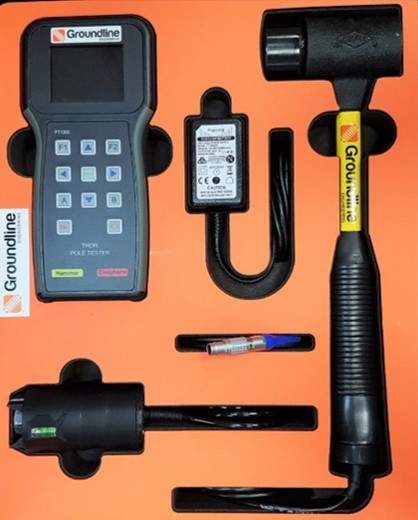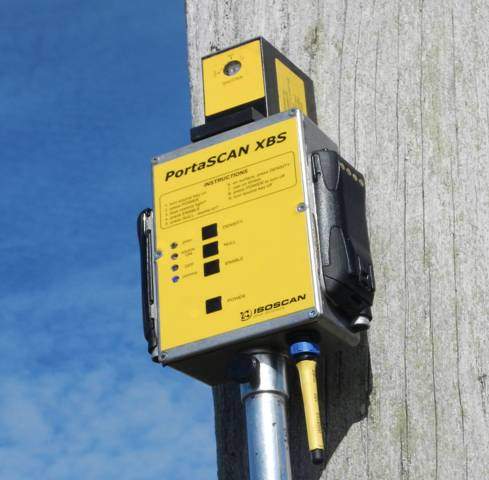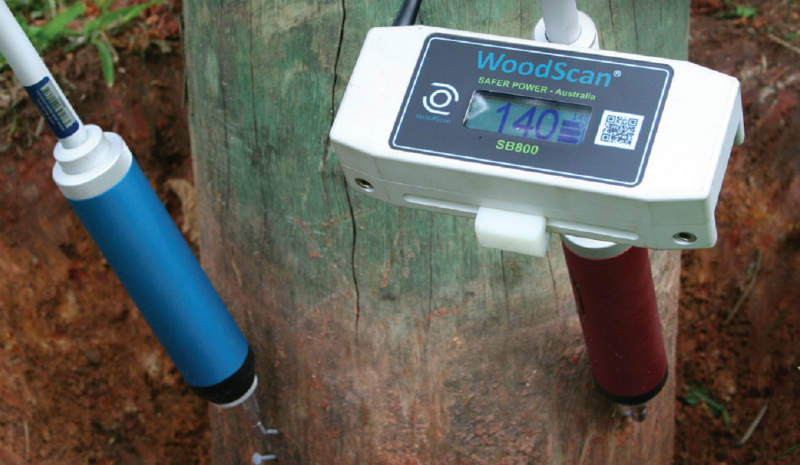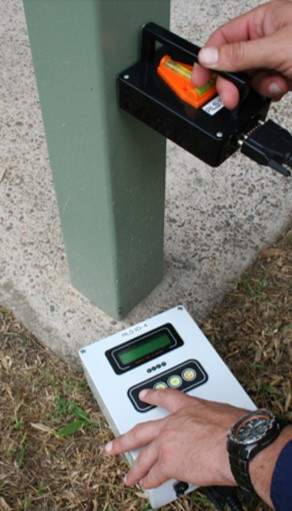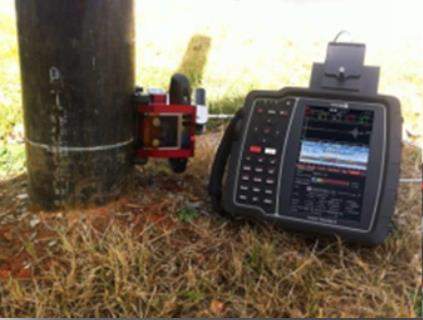
PortaCAT Industries
Non-Destructive Testing for Timber and Steel Utility Poles
PortaCAT Industries has developed tools to aid timber and steel power pole inspection procedures such as stress wave analysis, deterioration / corrosion level monitoring, cross-sectional examination, and mean thickness quantification.
Subscribed
You have successfully submitted your enquiry. Someone from our company will respond ASAP
About Us
 PortaCAT Industries has developed tools to aid timber and steel power pole inspection procedures such as stress wave analysis, deterioration / corrosion level monitoring, cross-sectional examination, and mean thickness quantification.
PortaCAT Industries has developed tools to aid timber and steel power pole inspection procedures such as stress wave analysis, deterioration / corrosion level monitoring, cross-sectional examination, and mean thickness quantification.
Non-destructive testing toolkits for power industry structures
Companies using non-destructive testing (NDT) Toolkits have found that the application of a single technology alone is usually insufficient to meet clients’ needs.
Over several years, the NDT Toolkit has evolved to focus on timber and steel testing, using the most advanced techniques available.
The NDT Toolkit has been designed to reduce risks associated with limitations of technology and systems by combining their best aspects with business procedures that alleviate the potential concerns with using one method alone.
Timber pole testers for stress wave analysis
The THOR Pole Tester has been designed to be used on every timber pole to understand its stress wave behaviour, as well as derive a comparison between the actual diameter and its ‘equivalent’ diameter.
Once a pole’s equivalent diameter falls below a range, the PortaSCAN® XBS can be applied predominantly in the ‘critical zone’ and is used to explore other areas of the pole as required.
The inspector can then quantify the extent of an issue and derive a ‘magnitude’ of the amount of remaining timber in a cross-section after investigating where the most affected area is. To assist in easily understanding this output, the products represent the value as a section modulus percentage. If the pole is below a certain threshold, a more sophisticated understanding of its health is essential.
Cross-sectional analysis for wooden poles used in the power industry
The WoodScan® is used to examine the pole’s health. The device is an ultrasonic tomography instrument that accurately plots the probability of a defect’s location and also represents the results in terms of section modulus percentage and remaining strength.
When combined with the inputs from the pole loads, a health index is then gained that allows for a more precise prioritisation of any remedial activity.
Steel structure monitoring tools for energy firms
There are a variety of methods available on the market for steel testing, but the two leaders for assessing corrosion or loss of section are the Relative Loss of Section Meter (RLS®), by CMT (Testing) Pte Ltd, and the MRUT system from Innerspec.
The RLS® Meter is an eddy current-based system that effectively measures metal mass in a ‘like-for-like’ comparison from reference location on the steel section to a test area. Differences are identified in Loss of Section Units (LSUs). For standard steel light poles in particular, these results are applied to a classification matrix to gain an asset outcome such as retesting or replacement periods.
As the RLS® Meter focuses on the critical zone of a pole there are occasions where the asset outcome being sought extends beyond that zone. This is where the MRUT system has significant advantages as its range extends much further, as far as 2m below ground depending on the attenuation of concrete. However, it doesn’t directly measure loss of thickness unless the specific probe is used.
Although grading can be performed on corrosion below the earth, it requires digging to place the probe onto the affected area, whereas the RLS® Meter can measure damage without requiring excavation.
Contact Details
Website
Email Address
Address
Richlands,
4077,
Queensland,
Australia

